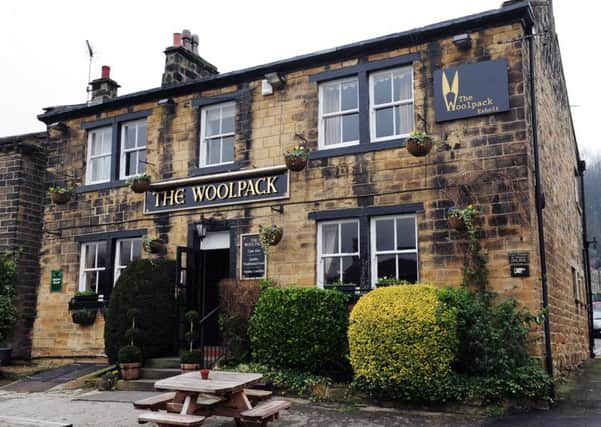Living with screen exposure in Esholt


As a set for the long-running British soap Emmerdale for more than 20 years, this small rural-urban fringe village continues to be a non-stop attraction for fans of a show that remains a fixture on terrestrial television, even though the village itself is no longer the focal point for film crews.
In 1997, programme makers relocated to a purpose-built replica of Esholt on the Harewood Estate although there was a cameo return for the real village on screen last year as part of vicar Ashley Thomas’s dementia storyline. The village was cleverly used for shooting scenes to qualify how the character did not recognise the village as he ordinarily would.
Advertisement
Hide AdAdvertisement
Hide AdLiving on a former film set that still remains a hotspot for visiting soap fanatics sounds tough, so how do the locals cope?
It is of course The Woolpack, the village pub, that also exists in the programme, that gets the lion’s share of attention from visitors, but Peter Downey, who chips in with front of house duties to help his son James who runs the pub, said it is a privilege to host visitors.
“For us it’s absolutely fantastic,” says Peter. “To tell you the truth we feel very privileged to be looking after The Woolpack. It’s an iconic pub that is famous across Europe.”
Peter tells of regular coach loads of visitors from Scandinavia, particularly Finland, where Emmerdale’s popularity seems to be as high as it is anywhere, but not everyone who calls in knows that except for the wandering Ashley in last year’s dementia setpiece, no scenes for the show have ever been shot in the pub itself.
Advertisement
Hide AdAdvertisement
Hide AdThe Woolpack opens on most Sunday mornings for coach trips so that it balances creating time for locals to visit for Sunday lunch, while the village Post Office co-ordinates its own opening times to coincide with visitors and the opportunity to sell souvenirs.
Even the highly successful village ‘In Bloom’ committee has found a way of making the most of the regular incomers, with its calendar sales benefitting. For three ‘In Bloom’ seasons in a row – summer, spring, summer – it has won a Gold award for its cheerful efforts to make the village look its best.
Modern Esholt is far from a filmset. It is a living, working village between Shipley and Guiseley. It is home to a Bradford Council travellers’ site and a major Yorkshire Water waste water treatment works which serves nearly 1m people in Bradford and North Leeds but it retains an old-world charm.
Its name suggests it was first established in a heavily wooded area of ash trees but there is no screening its popularity that extends overseas.
FACTS
Advertisement
Hide AdAdvertisement
Hide AdIn the 12th century, the Esholt estate was owned by Syningthwaite Priory, and Esholt Priory, a Cistercian nunnery, was established.
When the nunnery was dissolved in about 1547 the estate was granted to Henry Thompson by Edward VI.
Mill owner Sir Henry Mitchell (1824-1898) was born in Esholt and received a knighthood for his support and service to education in Bradford.